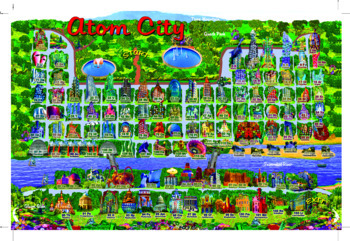ElemMates®© Real Elements, Periodic Table of Chemical Elements
- Zip
Description
Here is the full size official ElemMates®Atom City Periodical Table of the Chemical Elements© and lots of real element and atomic information.
Highly reviewed as accurate and up to date, each element square has the usual Periodic Table info as well as a building made out of the element materials or elements of famous architecture. Text color connotes element Families and Groups categories. It stands on its own, works with other ElemMates materials and with the ElemMates.com website.
This printables packet is chock full of other real element and atomic information: a classic Periodic Table, Atomic structure diagrams, ElemMate stories about properties of real elements. Most of the information can be found on the ElemMates website where clicking on each element square on the map leads to more information for the element including properties, materials use, atomic structure and images of the real element. Some printable pages from the site are included with vivid images of element minerals. Cards depicting molecules of common substances can be printed and built with printable atom building discs. Or use them to build atom and molecule models with clay, wire and beads.



